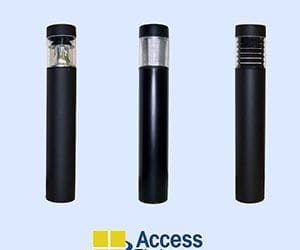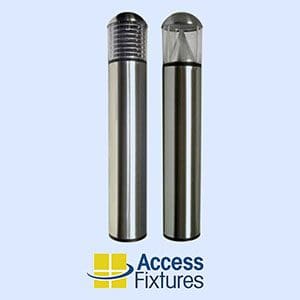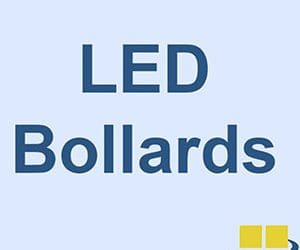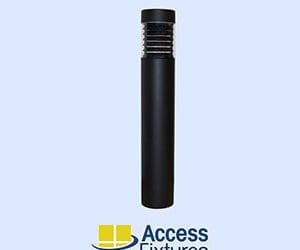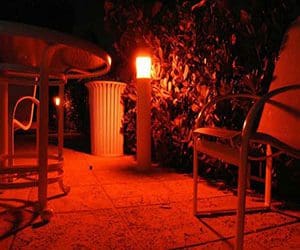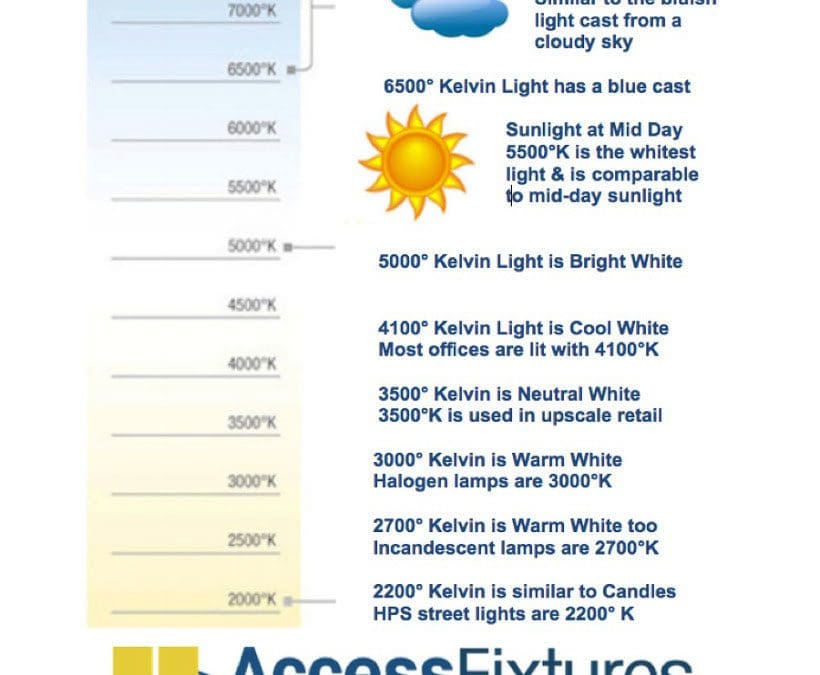While LEDs are now many people’s first choice—and the only thing Access Fixtures sells—there are still four types of light sources available: LED, high pressure sodium (HPS), pulse start metal halide (PSMH), and compact fluorescent (CFL). Unless you have an excellent reason not to choose LED bollard lights, choose LED bollard lights. Here’s why you should.
Light Source Features and Benefits for Bollards
LED (100–140 lumens per watt)
LEDs are energy-efficient, have low lumen depreciation, and are rated to last for 50,000, 100,000, or more hours. Since LEDs do not have filaments or arc tubes, they are less prone to failure. LEDs do not contain mercury, turn on and off instantly, offer very good color rendition, and are dimmable, too. Since many LED bollard lights are now the same price as bollard lights with other light sources, LEDs are often the obvious answer.
S/P Ratios: 3000K=1.21 3500K=1.41 4100K=2.04 5000K=1.8 6000K=2.0
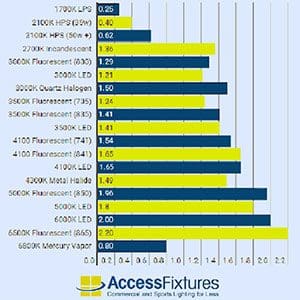
Cast aluminum bollard light base protected with a chromate conversion coating and powder coat finish.
High Pressure Sodium (80–140 lumens per watt)
For years, high pressure sodium lamps were the go-to lamps for outdoor fixtures such as bollard lights, streetlights, and wall packs. The lamps emit a yellowish light that has a low color rendering index rating. While emitting high lumens per watt, much of the light emitted is not visible by humans, diminishing the amount of emitted light.
S/P Ratios: Under 35 watts = 0.40 50 watts and up = 0.62
Pulse Start Metal Halide (110 lumens per watt)
Pulse start metal halide lamps also offer high lumen output and are common in applications such as sports stadiums and courts. Pulse start metal halide lamps have rated lives around 15,000 hours, produce a white light with average rendition, and operate reliably in a wide range of temperatures.
Compact Fluorescent (50–100 lumens per watt)
Compact fluorescent lamps are relatively inexpensive. Bollard lights should include options for both plug-in or screw-in lamps. They last from 10,000 to 15,000 hours and have excellent color rendition. Download a PDF of the Scotopic – Photopic Ratio Chart [/one_half_last]
Lamp Type and Wattage
Can using a higher-wattage lamp reduce the required number of bollards? The short answer: Sometimes. This will not work with optics like louvers. It will work, however, with HID light sources and some LED arrays when combined with Type V optics. Still, there are additional factors to consider. If the illuminated area has vehicles coming through, you need to ensure the light from the bollards will not blind drivers. Also, using a higher wattage can increase the max/min variance of the area, which could create a potential safety hazard. The area must be evenly lit—preferably without blinding light.
Client Preferences
Do you or your client have a bollard light style preference? One architect insisted on louvers for his design, even though it required more bollard lights; others want bollards that throw very bright light. What kind of light do you want? To speak with an Access Fixtures lighting specialist about your requirements, and explore possible solutions, call 800-468-9925.

